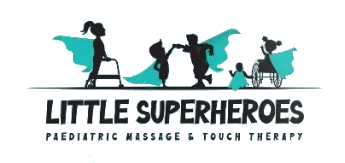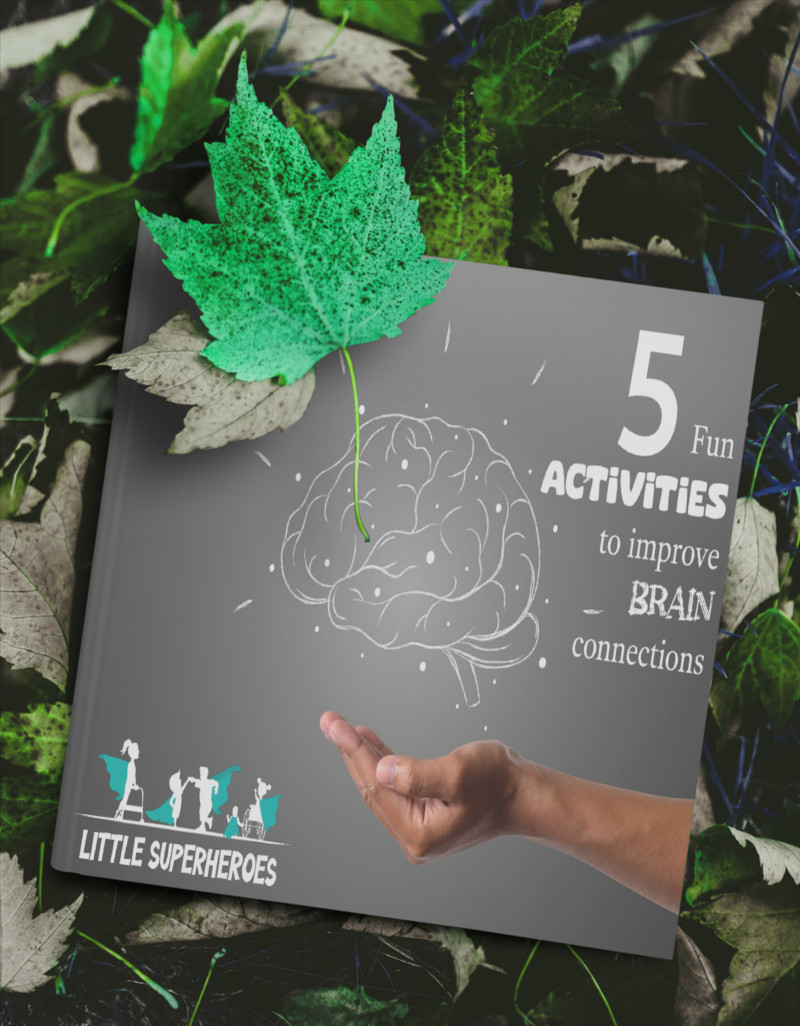In the first two parts of our series, we explored several primitive reflexes that are essential for early development but can pose challenges when they remain active in neurodivergent children and those with special needs. In this final part, we’ll cover additional reflexes, including the Babinski Reflex, Symmetrical Tonic Neck Reflex (STNR), and Landau Reflex, and discuss how they may impact your child’s development if retained.
Let’s take a look at these final reflexes and provide practical solutions for reintegrating them to help your child thrive.
1. The Babinski Reflex
The Babinski Reflex is present at birth and is triggered when the sole of a baby’s foot is stroked, causing the toes to fan out. This reflex is essential for neurological development in infants and typically disappears by the time a child begins walking.
Signs of a Retained Babinski Reflex:
- Difficulty with balance and posture.
- Walking with toes turned inward or outward (awkward gait).
- Poor foot coordination and challenges with tasks like running or jumping.
- Clumsiness or frequent tripping.
What Can Help:
- Foot exercises: Encourage activities like walking barefoot on different surfaces or playing balance games to strengthen foot coordination and improve balance.
- Balance and posture games: Games like hopping, balancing on one foot, or standing on a balance board can help reintegrate the Babinski Reflex.
2. The Symmetrical Tonic Neck Reflex (STNR)
The STNR emerges later in infancy (around 6-9 months) and helps prepare a baby for crawling by coordinating the upper and lower body. When the head moves forward, the arms bend and the legs extend, and when the head moves backward, the arms extend and the legs bend.
Signs of a Retained STNR:
- Difficulty crawling, walking, or transitioning between sitting and standing.
- Poor posture, especially when seated.
- Challenges copying from the blackboard or switching between near and far visual tasks.
- Clumsiness when performing tasks that require coordination of both upper and lower body movements.
What Can Help:
- Crawling exercises: Encourage activities that involve crawling on hands and knees, which help to naturally reintegrate the STNR.
- Cross-body coordination games: Sports and activities that require coordination between the upper and lower body, such as swimming or climbing, can help balance this reflex.
3. The Landau Reflex
The Landau Reflex emerges around 3-4 months of age and helps develop muscle tone and posture. When a baby is placed on their stomach, they lift their head and arch their back, creating a “flying” posture. This reflex is important for preparing the baby for sitting, crawling, and eventually walking.
Signs of a Retained Landau Reflex:
- Poor muscle tone or difficulty holding the body upright.
- Challenges with coordination and balance, especially when running or jumping.
- Clumsiness or poor spatial awareness.
- Difficulty focusing and controlling body movement during tasks.
What Can Help:
- Core-strengthening exercises: Activities that encourage core strength and coordination, such as crawling, rolling, or practicing yoga poses, can help reintegrate the Landau Reflex.
- Body awareness activities: Games that promote body control and movement, such as crawling through tunnels or rolling, can help improve balance and spatial awareness.
Primitive reflexes are essential building blocks for early development, but when they’re retained, they can affect a child’s coordination, focus, posture, and overall growth. In Part 3, we’ve introduced additional reflexes—the Babinski, STNR, and Landau Reflexes—that may impact your child’s motor skills and behaviour if they remain active.
At Little Superheroes, we’re dedicated to helping neurodivergent children and those with special needs overcome the challenges of retained reflexes. If you suspect your child has retained any primitive reflexes, book a session with us today to begin developing a personalised plan for their growth and development.
Thank you for joining us in this series on primitive reflexes! We look forward to continuing to support your child’s journey toward reaching their full potential.
















